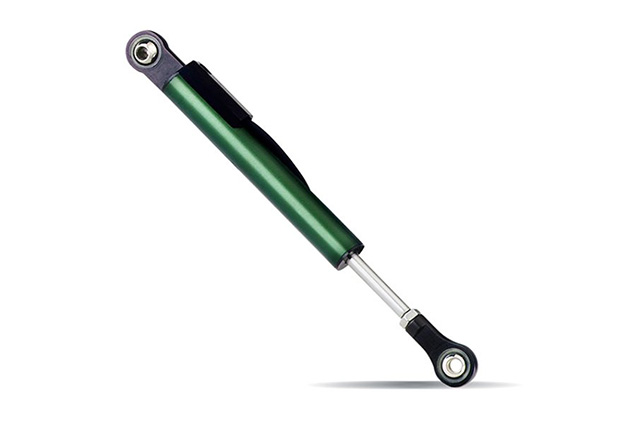Sensors
Sensors are the vital inputs into the complex electronics control systems of modern motorsport vehicles as they give live information of the operating conditions of whatever system they are monitoring.
There are many different types of sensors in order to measure the various different types of physical properties of interest in a motorsport vehicle. Sensors can be used to measure properties such as:
- Pressure
- Temperature
- Position
- Angle
- Force
- Acceleration
- Speed
- Flow
- Oxygen Content
and many more.
Sensors can be broken down into two main categories:
Analogue & Digital
Analogue Sensors measure properties which are variable and on a continuum and can change their output accordingly to reflect anywhere in this range. For example, the temperature of the engine’s coolant will typically measure around ambient temperature when the engine is cold and then heat up as the engine runs until it stabilises at the coolant system’s operating temperature – we therefore need to be able to measure the temperature value throughout this operating range and therefore use an analogue sensor.
Digital sensors, as their name suggests, only sense and output binary (on/off) values. Digital Sensors are commonly used in rotational speed measurement, such as Crank sensors or Wheel Speed sensors. In this application, a digital speed sensor will read “teeth” machined on trigger rings which are attached to and rotate with these rotating assemblies. The tooth will use magnetic properties to trigger the digital sensor to be in the on or off state, creating an electrical pulse which the electronic control systems can use to calculate the rotational speed via counting the number of pulses.
Both of these main sensor categories can then be broken down further into two other types of sensor category, contacting and non-contacting.
As their names suggest, contacting sensors physically attach to and become part of the system in which they are designed to be measuring and they use this physical contact to sense and output whatever property it is that they’re measuring.
Likewise, non-contacting sensors aren’t in physical contact with the system that they are measuring but use other methods (such as magnetic fields or infra-red technology) in order to analyse and measure the physical properties that they are designed to measure.

